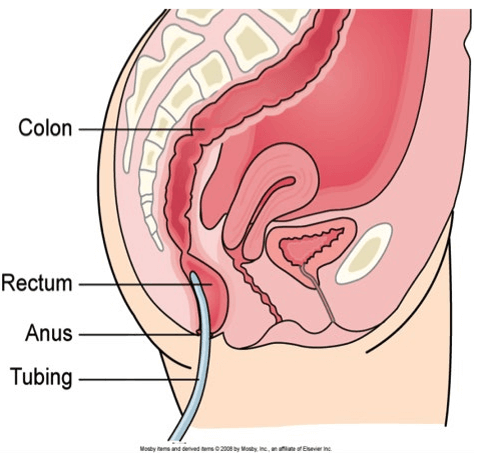A woman who delivered a normal newborn 24 hours ago reports, "I seem to be urinating every hour or so. Is that OK?" Which action should the practical nurse (PN) implement?
Catheterize the client for residual urine volume
Measure the next voiding, then palpate the client's bladder
Evaluate for normal involution, then massage the fundus
Obtain a specimen for urine culture and sensitivity
The Correct Answer is B
- Urinary output is an important indicator of fluid balance and kidney function. After delivery, a woman may experience increased urinary output due to the loss of excess fluid that was retained during pregnancy and the diuretic effect of oxytocin, which is released during breastfeeding. This is a normal and expected finding in the postpartum period.
- However, increased urinary output may also be a sign of urinary retention, which is the inability to empty the bladder completely. Urinary retention can occur due to trauma to the bladder or urethra during delivery, swelling or hematoma of the perineum, epidural anesthesia, or decreased bladder sensation.Urinary retention can lead to complications such as infection, bladder distension, or postpartum hemorrhage.
- Therefore, when a woman who delivered a normal newborn 24 hours ago reports that she seems to be urinating every hour or so, the practical nurse (PN) should measure the next voiding, then palpate the client's bladder. This will help to assess the amount and quality of urine and the presence or absence of bladder distension. A normal urine output is about 30 ml per hour, and a normal bladder should feel soft and empty after voiding. If the urine output is low or high, or if the bladder feels firm or full after voiding, the PN should report these findings to the primary healthcare provider for further evaluation and intervention.
Therefore, option B is the correct answer, while options A, C, and D are incorrect.
Option A is incorrect because catheterizing the client for residual urine volume is an invasive procedure that should only be done if indicated by the primary healthcare provider.
Option C is incorrect because evaluating for normal involution and massaging the fundus are related to uterine function, not urinary function.
Option D is incorrect because obtaining a specimen for urine culture and sensitivity is not necessary unless there are signs of infection, such as fever, dysuria, or foul-smelling urine.
Nursing Test Bank
Naxlex Comprehensive Predictor Exams
Related Questions
Correct Answer is C
Explanation
An oil retention enema is used to soften the stool and lubricate the rectum, making it easier to pass the
stool. It is usually oil-based and contains 90-120 ml of solution.
The temperature of the enema solution affects the effectiveness and comfort of the procedure. If the solution is too hot or cold, it can cause pain, cramps, or damage to the rectal tissue. If the solution is too warm, it can also stimulate peristalsis and cause the client to expel the enema before it has time to work.
The ideal temperature for an enema solution is close to the client's body temperature, which is around 98°F or 36°C. This temperature ensures that the solution is comfortable and does not cause adverse reactions .

Correct Answer is D
Explanation
Choice A reason:
"I should gargle with an alcohol-based mouthwash to kill germs”. This statement is not appropriate. Using an alcohol-based mouthwash is not recommended for a client with stomatitis. Alcohol can be irritating to the already inflamed mucous membranes and may worsen the condition. Instead, the client should use a mild, non-alcohol-based mouthwash or rinse as prescribed by the healthcare provider.
Choice B option
"I should limit my intake of dairy products to prevent nausea." This statement is not appropriate. While some clients may experience nausea during radiation therapy, limiting dairy products is not specifically related to stomatitis management. The client should follow any dietary recommendations provided by the healthcare provider or a registered dietitian to address nausea or other dietary concerns.
Choice C option
"I should moisten my lips with lemon-glycerine swabs." This is incorrect because lemon-glycerine swabs can be drying and irritating to the oral mucosa, which may exacerbate stomatitis symptoms. Instead, using a gentle, non-irritating lip balm or petroleum jelly is preferred.
Choice D option
"I should use a soft-bristle toothbrush to clean my teeth after meals." This response indicates an understanding of the teaching because a soft-bristle toothbrush is gentle on the gums and oral tissues, which is important for a client with stomatitis, as it helps to minimize irritation and injury.
Whether you are a student looking to ace your exams or a practicing nurse seeking to enhance your expertise , our nursing education contents will empower you with the confidence and competence to make a difference in the lives of patients and become a respected leader in the healthcare field.
Visit Naxlex, invest in your future and unlock endless possibilities with our unparalleled nursing education contents today
Report Wrong Answer on the Current Question
Do you disagree with the answer? If yes, what is your expected answer? Explain.
Kindly be descriptive with the issue you are facing.
